QUICK NAVIGATION
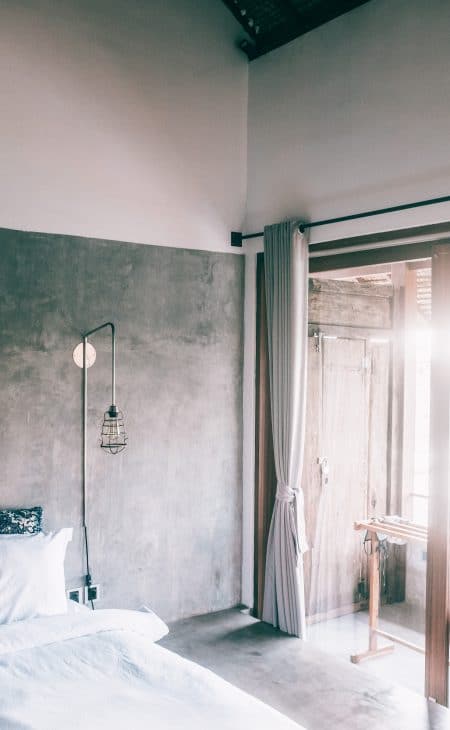
INTRODUCTION
This has probably happened to you the moment you enter your home or apartment. You start observing the walls and wondering what color paint or wallpaper you will use. You start creating a mental list on the kind of furniture you need like sofas and beds and chairs. You start thinking about the decors you will be using. You start walking around, visualizing your interior when your feet suddenly feel something really rough and hard. You look down and realize that the floors are still bare cement. You had completely forgotten about the flooring.
You start getting the total area and then you realize it’s going to cost you a lot on the tiling and even more on the installing. However, you noticed something about how some interiors retained their cement floors and how they seemed polished and clean. That’s when you learn that they had just applied cement screed. What’s more, it’s a lot less expensive that getting your floors tiled and even more so when maintaining it.
There are many aspects about cement screed flooring and how it is used in many interiors. So let’s first tackle on what exactly it is and how to maintain it when applied to your home.
1. What is Cement Screed?
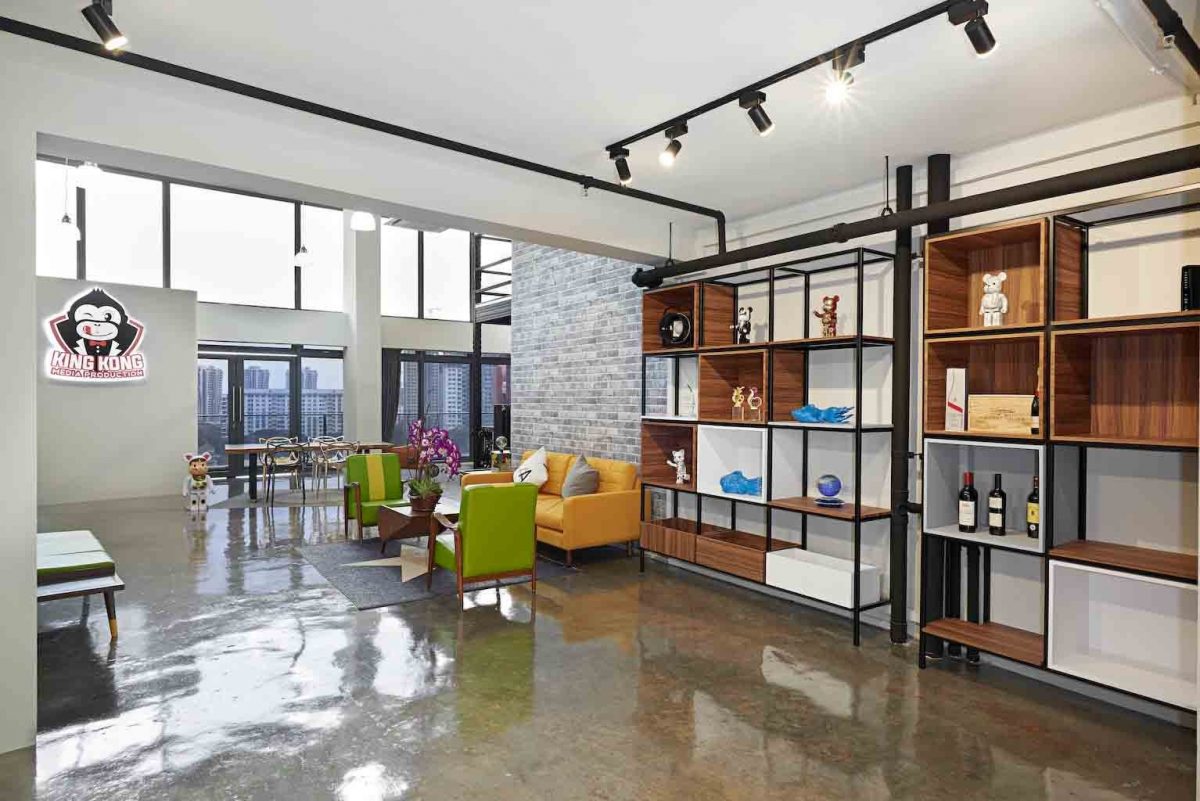
Before we delved into cement screed flooring, we must understand what exactly it is.
Cement screed is a mixture of cement, aggregates and water. It is then mixed to form a smooth paste of sorts, which is then spread across the cement surface. Once hardened, the end result is a hard and firm surface that is strong and durable.
Cement screed is often used as a top coat for interior floorings or helps provide a more leveled surface. What it does is that it acts like a varnish for bare cement, making it look as polished as any decorative surface. This gives off a type of raw and industrial aesthetic. Simply put, screed is a variant of cement that acts as the top coat of another hardened cement surface.
2. What Can Cement Screed Do To My Floors?

Some may say that cement screed can do so much to floors, but they are quite vague about it. Especially when applied to several cement screed hdb houses. So here is a breakdown of a few things it can do to your space.
What areas often use cement screed?
A few years ago, it was the singularly cost efficient option for spaces that had a lot of foot traffic such as schools, factories, offices and even industrial warehouses. In more recent times, this can be seen in many interiors adopting the industrial or minimalist aesthetic. Depending on the gradient of the screed finish, you can darker shades for a strong masculine look or lighter shades for a soft eclectic look.
What makes it so special?
While it looks naturally raw and beautiful, cement screed flooring can actually make your floors seamless and your space even more defined. Because it acts as a style anchor of sorts, this allows you to try out different materials that best complement the floor and wall altogether.
For example, if you’re into the Scandinavian look, you can use light oak furniture to counterbalance the hard cement look and create an inviting ambiance. Or if you like modern elements like chrome and steel, you can create an homage to the many innovations in modern design.
3. The Ups and Downs of Cement Screed
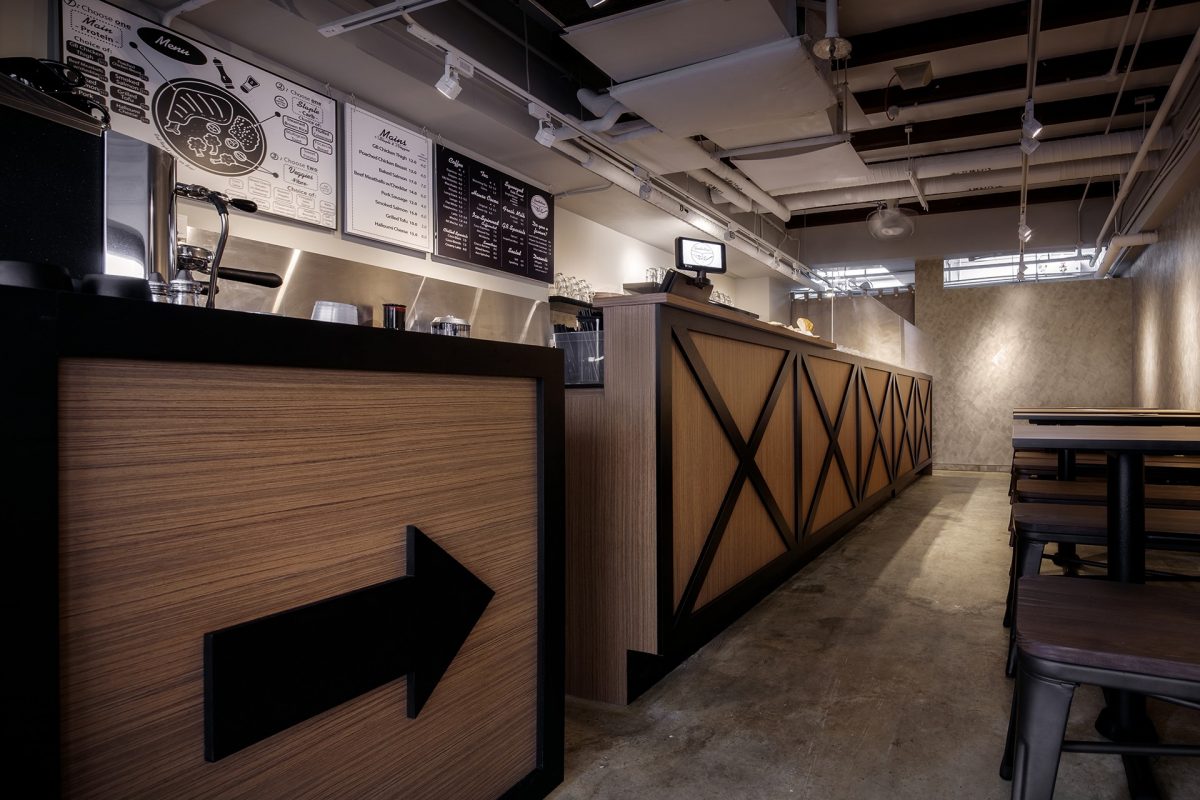
We’ve talked about how interesting and pretty cement screed flooring looks, but let us not forget that not everything is perfect. And like most building materials, it has its ups and downs. Understanding fully the material’s overall attributes fives you an idea on how to maintain it or what to expect from using it.
1. PROS
- Strength and Durability: Because it is made entirely out of cement, both foundation and top coat, the overall structure is akin to the solid wall of a building, thus providing a sturdy and durable floor that can withstand scratches, floor traffic and even heavy furniture.
- Cost Efficient: As mentioned earlier, this type of flooring costs less expensive than tiles, wood flooring and even mosaic flooring. Most tiles or other flooring materials will cost S$4 to S$70 per piece. Then you’ll have to compute how many pieces you will need per area. There’s also installation fee and additional materials such as tile grout and adhesive. Cement screed, on the other hand, costs at least S$14-S$28 per square feet. The only things you’ll be spending on is the cement and the aggregates. Upkeep and maintenance is also factored in the costs as it does not require expensive and meticulous processes to keep it polished and smooth.
- Low Maintenance Upkeep: Since it is already polished, you can maintain this every 6 month or so by using a floor wax. If you have a particular cleaning agent you prefer like All Shine or Pledge, you can use that as well. Just check the label if it is for all surfaces. A cheaper alternative is by using a mop and water soaked with soap.
- Design Flexibility: Aside from the typical gray look, you can actually employ other types of cement screed in different colors, textures and grains. While this is normally seen in industrial style interiors, in more recent times, this type of flooring has been used in other interiors and design schemes.
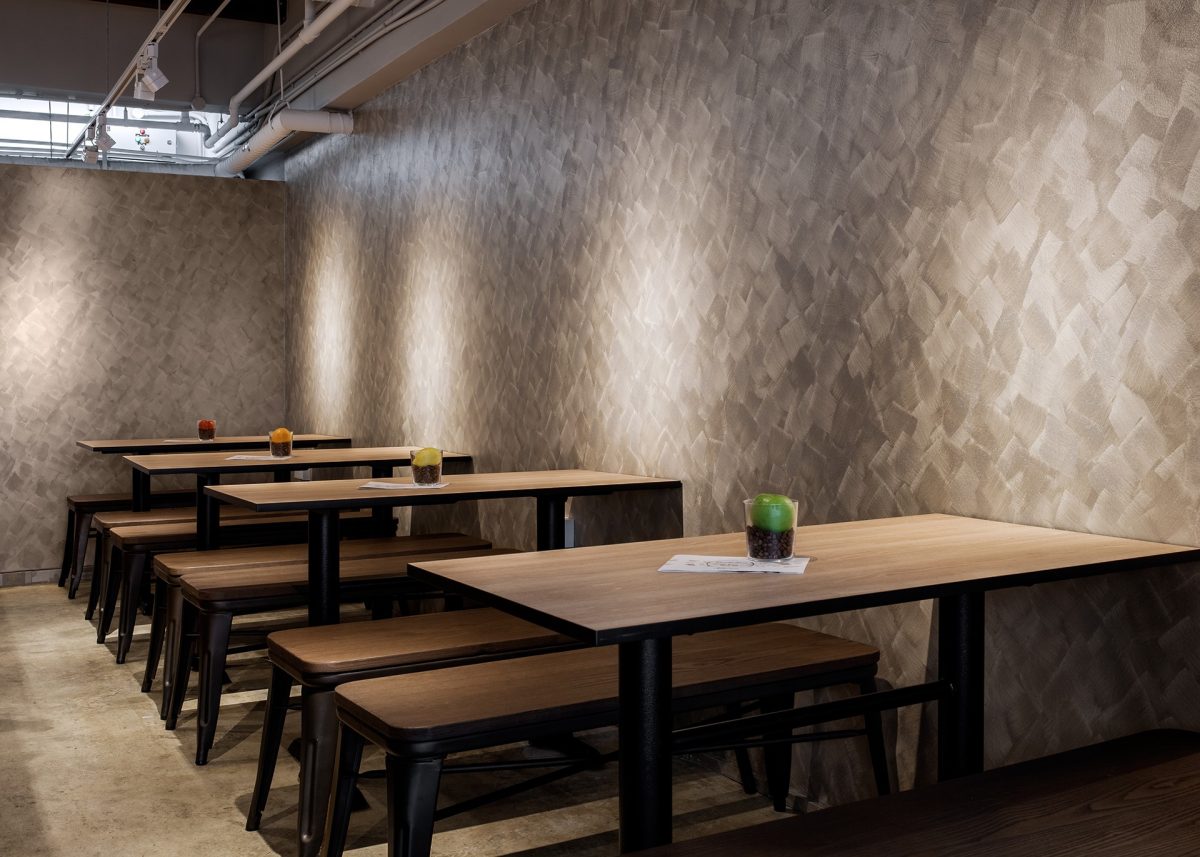
2. CONS
- Slippery when wet: Any surface, particularly a glossy and polished surface, tend to be slipper when it gets wet. The same can be said for cement screed flooring. When it is wet, anyone can just slip and fall down, hitting the floor. This results in a lot of people getting hurt, especially since the floor is quite hard and strong. As much as possible, make sure that the floors are completely dry after mopping so as to avoid any accidents.
- Possible Break or Cracks: While it may be durable and strong, like with most materials, if something hits it, there is a huge possibility that it will have a few cracks or breaks. Which leads to leaks and could potentially destroy your entire flooring. Cement, regardless of how strong it is, can also break if the right amount of force is applied to it. Another cause of possible breaks or cracks is the inadequate application of the cement screed. So as much as possible, check and see if your flooring is well polished and finished and if there is any cracks or breaks, it is important to have it fixed right away.
- Molds and Fungus Growth: This is a potential hazard if you leave cracks and leaks unattended. If not treated right away, this could lead to the growth of molds and fungus which could affect your space’s structure as well as your health. Molds and Fungus like to grow in small damp corners such as niches and cracks, which are often hard to reach when cleaning. In order to prevent this from happening, make sure all cracks are dry and clean then seal it off completely.
- Repairs can be a Hassle: Sealing off cracks or repairing any breaks is easier said than done. While replacing a broken tile or a loose floorboard can be difficult, considering you have to look for the exact same tile, fixing a broken cement floor is an entirely different story. This is because once a crack is seen, you need to apply the screed mixture not just on the crack, but the entire floor as well. This is done so that the finish is leveled with another. It can be a hassle, since you will have to move furniture away in order to do this. As much as possible, every once in a while wax and polish your cement floor.
4. How Do I Maintain It?
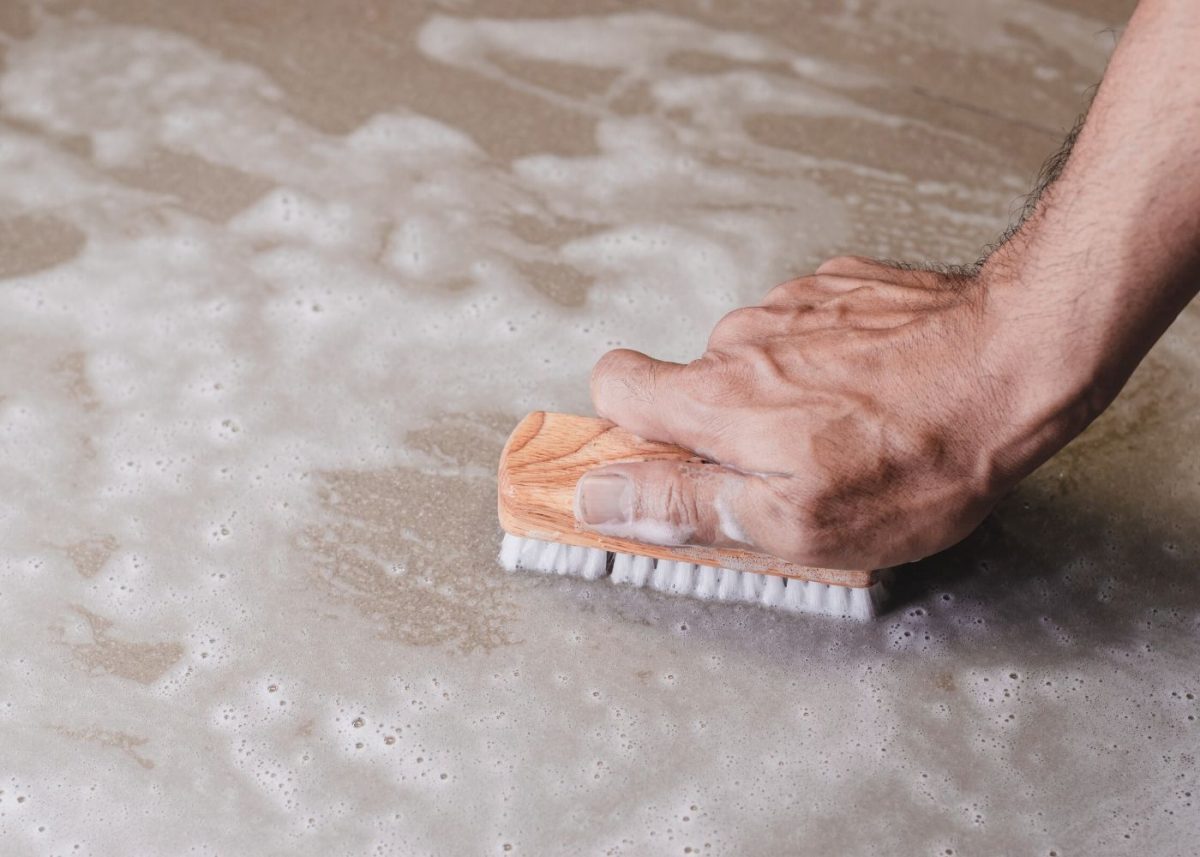
We talked about how easy it is to maintain the cement screed. But why do we need to maintain it if it’s just polished cement. The answer is simple. If you maintain your flooring, it will last you a very long time, thereby living up to its cost efficient and long lasting claim. So here are a few ways on how to maintain your cement screed.
- Sweep the dirt and dust from your floors. For hard to reach places, use a vacuum cleaner,
- Mop your floors with a wet mop and let it dry. You can also use a mop soaked with soap and mop it for a more thorough cleaning.
- Consider using carpets and rugs to soften heavy foot traffic and cushion the weight on the flooring. It will further protect your floor and add more personality to your interior at the same time.
- Invest in a good buffer in order to keep your floors polished and smooth. You can go for an industrial buffer or a hand held buffer.
- If there are any cracks, immediately call for a professional to seal and repair it to prevent from developing more cracks and leaks.
In conclusion, cement screed flooring is perhaps one of the most unique flooring that is slowly gaining popularity among many hdb homes and interiors. And if you consider using this in your space, you are sure to find such an adaptable floor that can not only withstand any force, but perhaps time itself!
Related Posts
-
QUICK NAVIGATION About HDB Kitchen Design Popular Themes for HDB Kitchen Design Explore Popular Interior Styles Key Points To Consider When Transforming Your HDB Kitchen Tailoring HDB Kitchen Design to Different Flat Types Conclusion About HDB Kitchen Design Designing or renovating the kitchen of your HDB flat or BTO unit is quite an overwhelming task. […]
-
QUICK NAVIGATION Introduction About Shelves For A Wall Popular Types of Shelves for a Wall in Singapore Attractive Designs of Shelving on Walls Viable Functionality of a Wall Shelf in Singapore Material Utilization for Making Wall Shelves Singapore Conclusion Introduction About Shelves For A Wall Along with storage options like drawers, wardrobes, cupboards, etc., shelving […]
-
QUICK NAVIGATION Introduction What Is A Flush Mount Sink? Flush Mount vs Undermount Sink Characteristics of A Flush Mount Sink in Singapore Pros and Cons of A Flush Mount Sink Hachi Flush Mount Sink Interior Themes that Well Match with a Flush Mount Sink Conclusion Introduction A Flush Mount Sink is a type of sink […]
-
QUICK NAVIGATION Introduction What Is Space Planning? Popular Landed Home Types To Do Room Planning Plan Of A 3-Bedroom House Plan Of A 4-Bedroom House Layout Of A Living Room Conclusion Introduction Image source: emmersonandfifteenth.com Before moving to another home or purchasing a property, the floor plan of the area is one of the fundamental […]
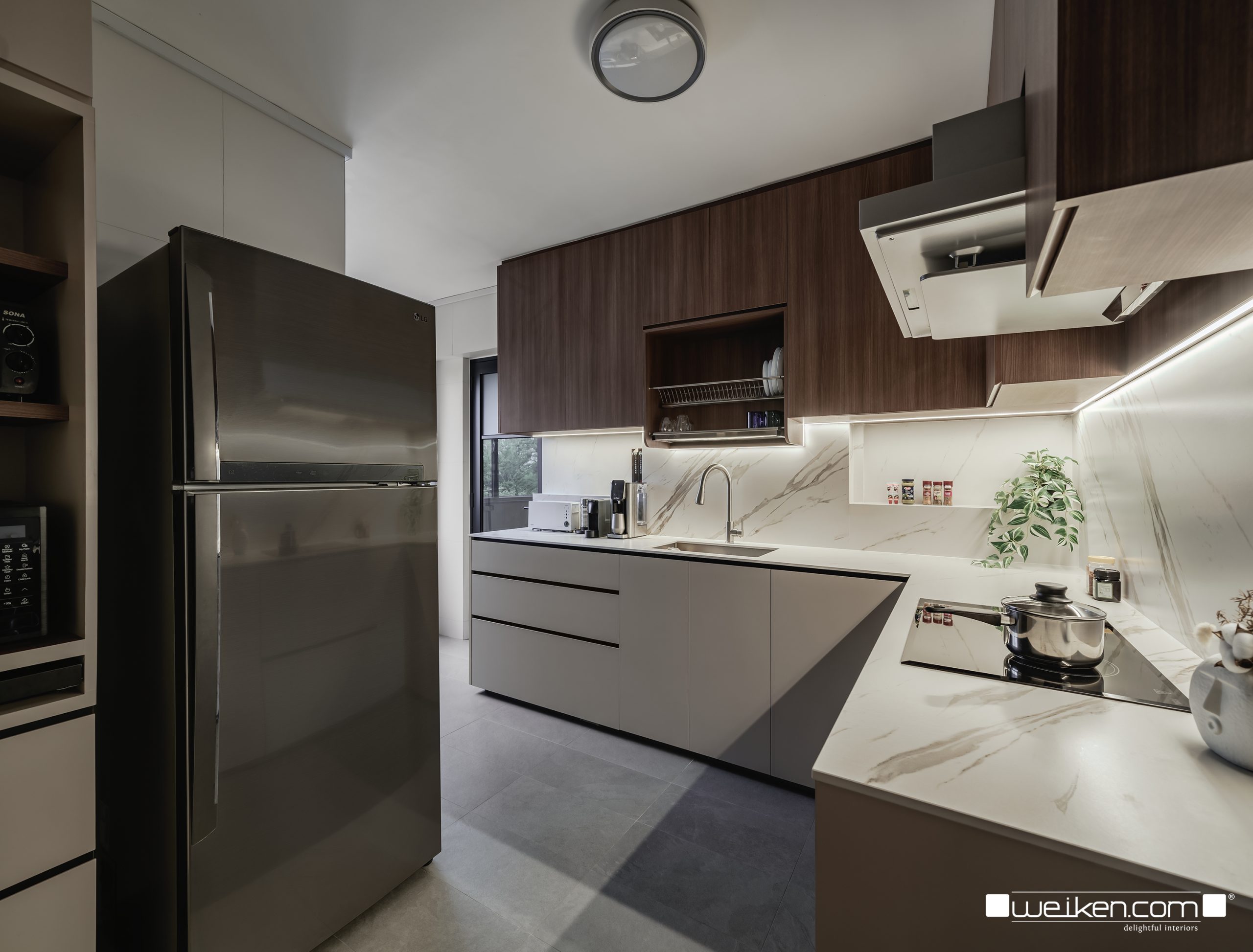

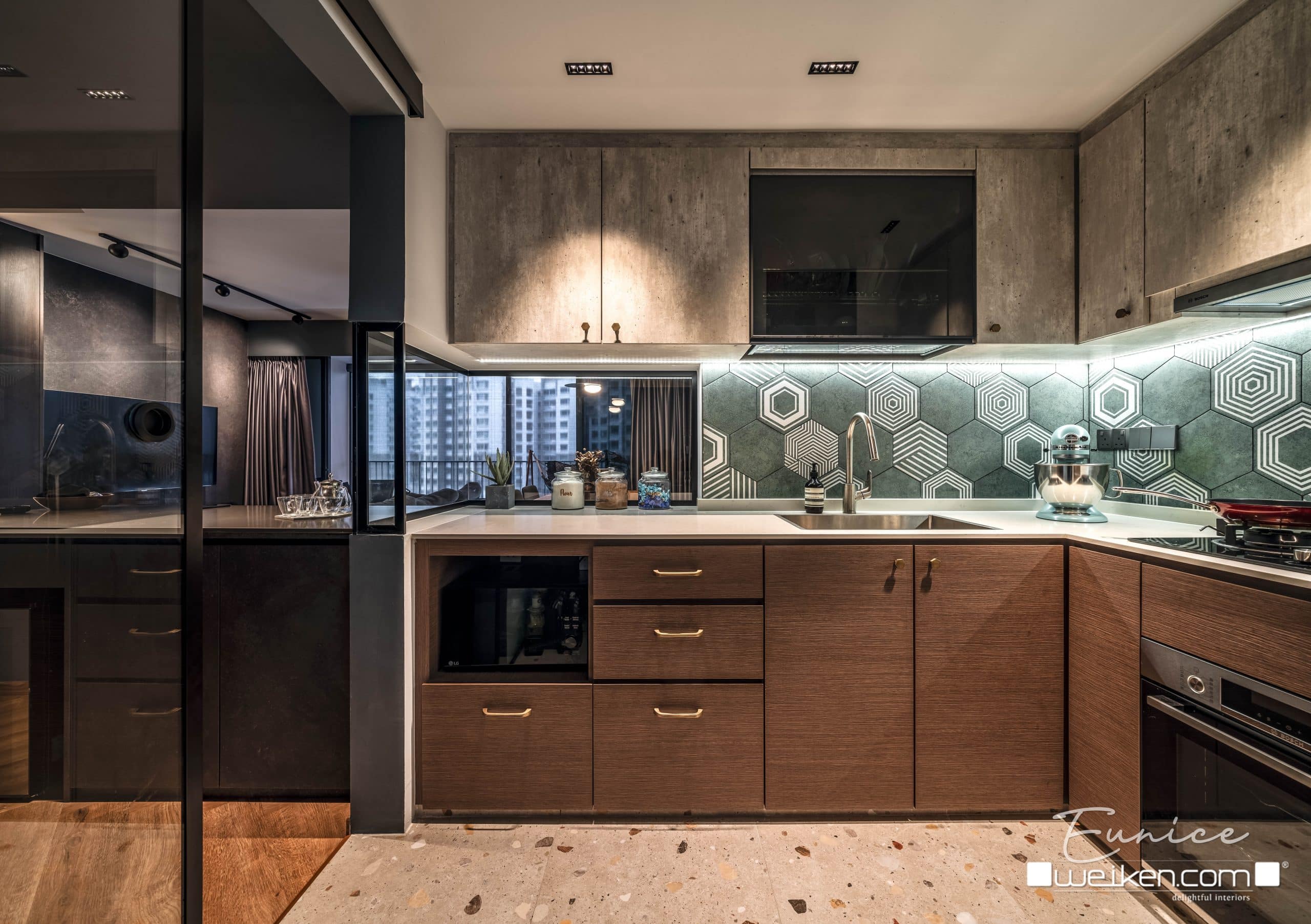


Leave a Reply